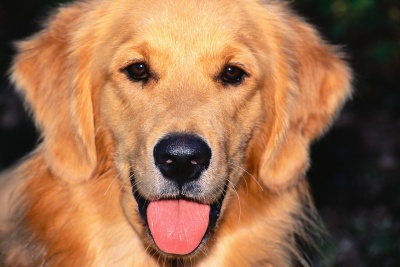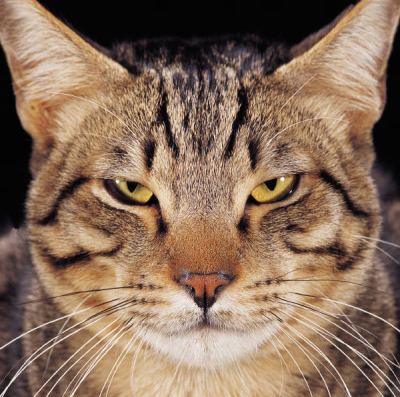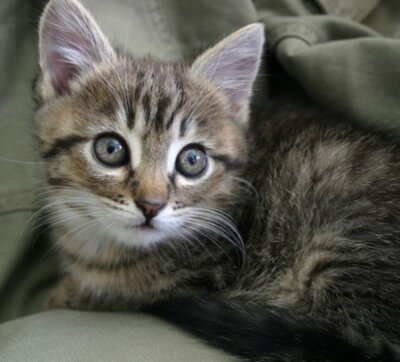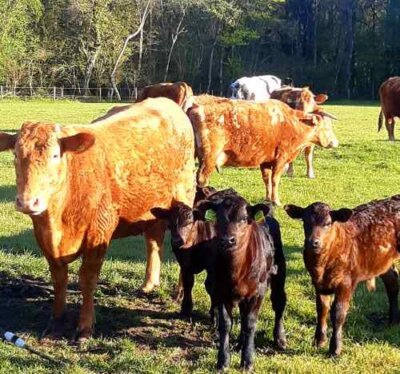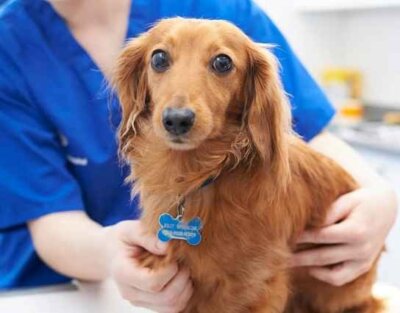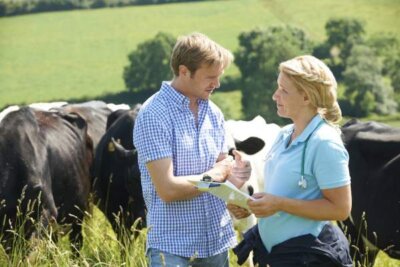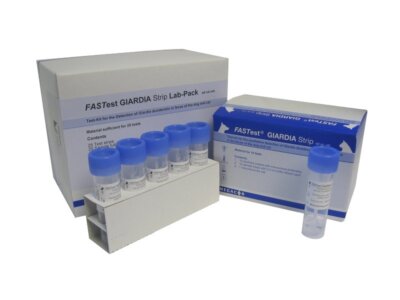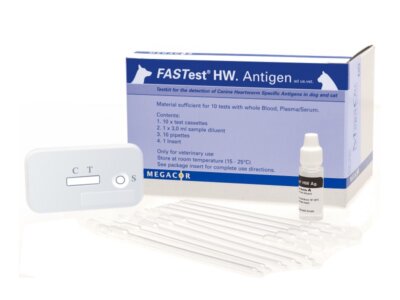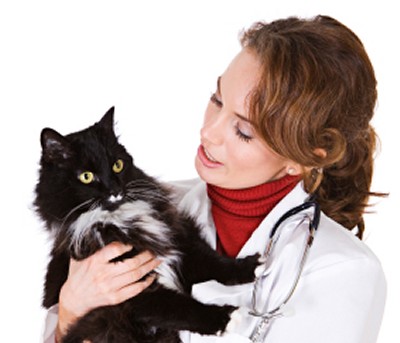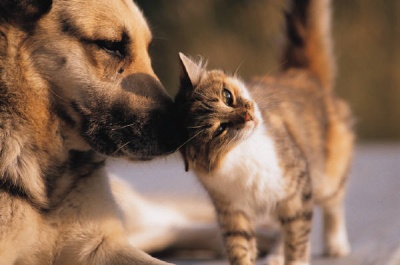
Pandemic Sees Pet Ownership Boom. But What About Life After Lockdown?
Data released by the Pet Food Manufacturers Association (PFMA) showed that 3.2 million UK households had expanded their family by acquiring a companion animal since the start of the pandemic. But what are the dangers for pets in life after lockdown?
Almost two thirds of this growth is accounted for by new pet lovers from Generation Z (born between 1997 and 2012) and Millennials (born between 1981 and 1994/6). Unsurprisingly, perhaps, over half of pet-acquiring households have children at home.
UK Pet Population Soars to 34 Million Says PFMA
With the UK pet population now reaching 34 million, data shows that cats and dogs share the top place at 12 million each. Guinea pigs coming in next at 3.2 million and tortoises (with their turtle cousins) bringing up the rear at 400,000.Other popular pets – including rabbits, hamsters, indoor birds and aquaria – make up the remaining six and half million or so.
1 In 5 UK Households Find New Pet Care ‘Challenging’
All of this means there are now around 17 million UK households carrying the responsibility for one or more animals. Further questioning of new pet-owning households revealed that nearly one in five found the experience more challenging than expected. Sadly, in family situations, more than one in ten found keeping an animal companion so difficult that they had to give up their new pet.
Pet Charities Worry For Pets After Lockdown
PFMA deputy CEO, Nicole Paley, voiced her reassurance that pet ownership had brought mental health benefits to pet owners during the pandemic lockdown, but expressed concern that pet owners may need support when life returns to normal.
RSPCA pet welfare expert, Dr Samantha Gaines, said that the animal welfare charity had real worries that life post-lockdown, both in terms of a new routine and spending time alone, could be really difficult for pets, who might yet face a crisis of their own.
Resumption Of Routine Veterinary Treatment
Lockdowns have inevitably reduced pet owners’ access to veterinary surgeons and practices. Consequently many owners, on BVA (British Veterinary Association) advice, have had to postpone routine vaccinations in order to protect veterinary staff.
The Peoples Dispensary for Sick Animals (PDSA) have had to pause their primary health care services, such as neutering, vaccinations, microchipping and flea/worm treatments, to protect their own staff from Covid infection.
Vaccination And Testing For Adult and Young Pets
Restarting routine vaccinations for adult pets, and first-round vaccinations for pups and kittens, will be essential for their continued protection against preventable diseases such as parvovirus, leptospirosis and infectious hepatitis (canine adenovirus).
Hopefully, where illness and infection are suspected, pet owners may soon have renewed access to veterinary diagnostic testing for ailments including Canine Parvovirus and Feline Leukaemia and Immunodeficiency Virus (FeLV/FIV).
Until normal veterinary service can be fully resumed, it will be vital that owners keep unvaccinated and vaccination-lapsed pets secure from infection risks such as other unvaccinated pets, and other potentially infectious animals.
Visit our website to see our full range of Veterinary Products www.vetlabsupplies.co.uk or contact us on 01798 874567.

